We talk about functions a lot at Type in Mind. A lot of the description of the functions comes down to the individual personality type because the order and the other functions that are paired together influence how they're utilized, but I thought it would be a good idea to give a simple reference for what the functions are and what they really mean.
Functions are a way to describe how people think and interact with the world. There are four core elements to functions that everyone shares, but we all use them differently.
Everyone has introverted functions. These happen inside your head. Your introverted functions govern your internal world.
Everyone also has extraverted functions. These are the ones you use to interact with people and objects in the moment. They govern your external world.
Introverts have a pattern like this:
- Introverted
- Extraverted
- Introverted
- Extraverted
Extraverts have a pattern like this:
- Extraverted
- Introverted
- Extraverted
- Introverted
The order is about what functions you prefer to use. Just like having a dominant hand that we prefer to write with, we have preferences in how we process information and make decisions. The order isn't about skill level, although that can often correspond with the order. Some people might use their 4th function all the time at work because they have to, but it will make them really tired because it's not their preference.
You'll notice that according to this way of thinking, no one is a 100% introvert or 100% extravert. We all have a bit of both in us. What determines the primary mode we revert to more often (introversion or extraversion) is which direction our first function is in. We tend to develop our first function first, and it generally remains the driving force throughout our lives. All our other functions are said to "serve" our first function.
Now before I go any further, you may have noticed the picture of the tiger and wondered how it fits this article. The truth is, it was his expression that felt right. Something about this picture just made me wonder what the tiger was thinking. The same is true with us. There's so much going on under the surface when it comes to the people we know and share our lives with, and often it stays like that - just under the surface, where we struggle to reach a true understanding of each other...
So back to business! ;)
Here are the things that go in those 4 function slots:
- Sensing - this tells you "Something is there!" It's concrete.
- Intuition - this tells you where something came from and where it might be going. It's more about abstract connections. It looks for patterns and underlying principles in the world.
- Thinking - this is your logic function, it helps you make logical decisions about the information you've taken in. This could be something like, "I really want to eat another slice of pizza, but I will feel sick if I do that. It is not logical to do something that would make me feel sick, so I will not eat more pizza even though I would like to."
- Feeling - this is your "I like it! I hate it." function. It helps you decide what is more agreeable to you. In the same example as the one above, your Feeling might say, "I love pizza! I want more pizza! I will probably feel sick, but I just want it so badly. I will eat it anyway." It can also tell you "I have a bad feeling about this guy, let's steer clear of him."
Sensing and Intuition are the things you use to perceive the world around you. They take in lots of information and store it so you can think about it and reference things that seem important or interesting later.
Feeling and Thinking are the things you use to make all of your decisions based on the information you take in with your Sensing and Intuition. It's important to note here, Feeling is not emotion. Emotion is an involuntary part of us and can't make decisions. Feeling is a voluntary process that assesses a situation based on values and beliefs.
Everyone has sensing, intuition, feeling, and thinking. The important thing is to recognize which ones you keep inside and which ones you use to interact with the world. The ones you use to interact with people are the ones they will see, so by default, they will often miss out on the functions you might be most familiar with - the ones in your head.
If your Thinking is inside, your Feeling will be what interacts with the world. In the same way, if your Feeling is what you use internally, you'll interact with the world through Thinking.
It works the same way with Intuition and Sensing - one is inside and the other is outside.
You may be wondering why they are internal and external. This is because you need a decision-making process available to you in the moment, for when a situation comes up and you have a few seconds to decide. You also need a way to process internally when you mull things over for a while. We tend to use different ways of thinking to deal with these two types of situations.
The same goes for intuition and sensing. We need a way to process information in our heads - our perceiving function gives structure to our thoughts - and a way to process the information we share with others and receive from the external world. It seems that perhaps it's easier for the brain to handle when it assigns one type of processing to the inside of the brain, and designates the other for real world interaction.

